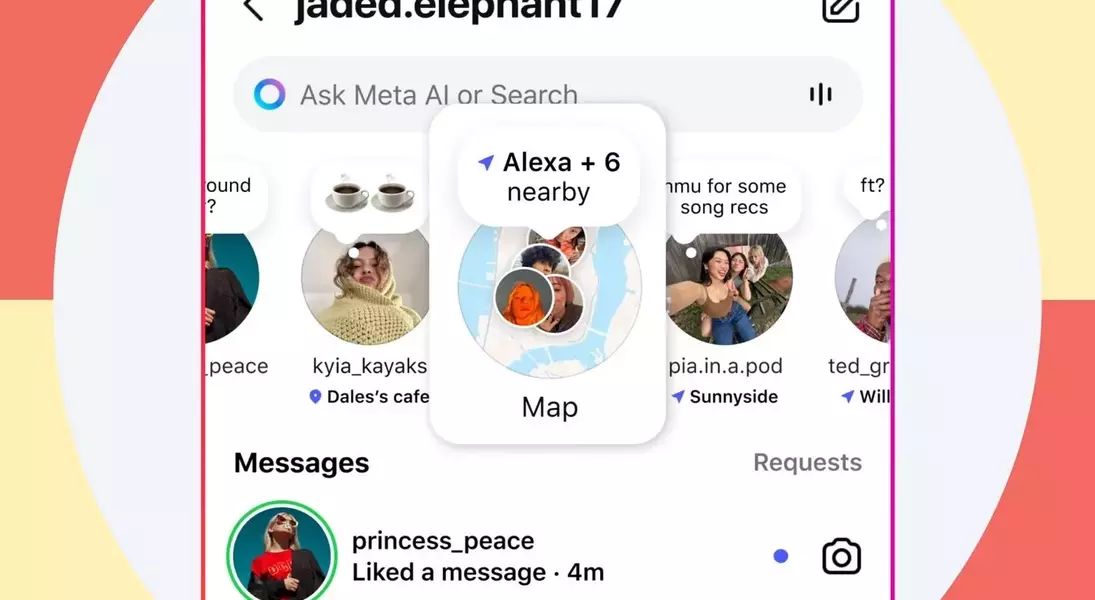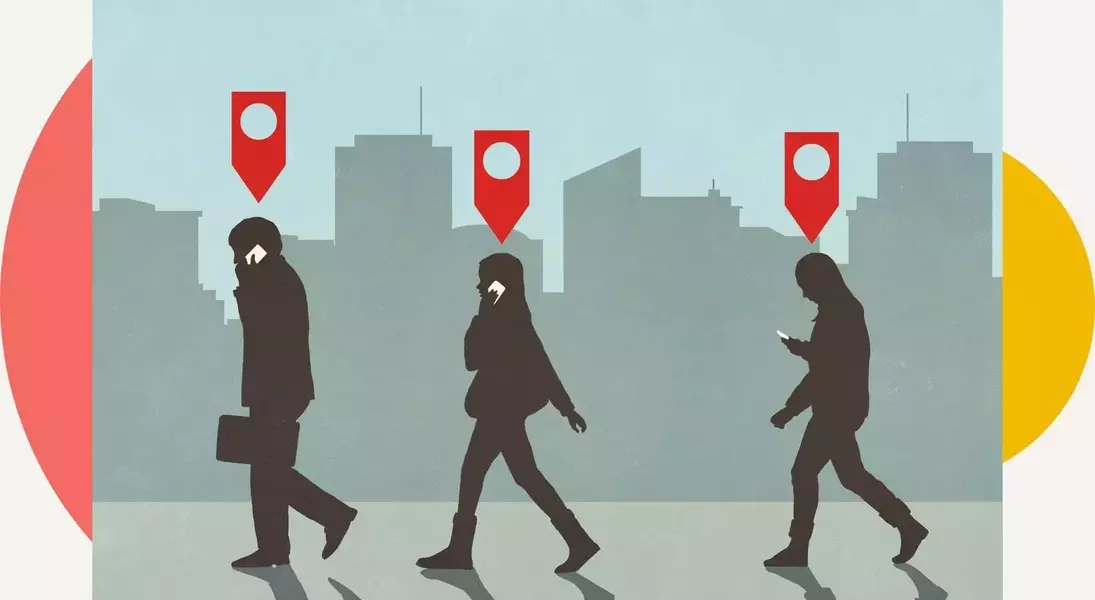



In an era where digital platforms constantly evolve, Instagram has recently unveiled a significant update: the 'Map' feature. Launched on August 6, 2025, this addition seeks to redefine how users interact and share experiences within the social network. The core of this new functionality centers around location, offering individuals enhanced ways to connect with their community by visualizing shared spaces and activities. However, with any new feature involving personal data, particularly location, concerns regarding privacy and safety, especially for younger users, inevitably arise. Understanding the nuances of this update, including its benefits and the controls available, is essential for all users to navigate their digital interactions responsibly.
The newly introduced Instagram Map is an innovative tool that allows users to share their most recent active location with selected contacts. This feature is not about real-time tracking but rather about showcasing the locations where posts, stories, and Reels were created and tagged. For instance, if a user tags a restaurant, concert venue, or sporting event in their content, the map will display that specific location, offering followers a geographical context to their shared experiences. META, the parent company of Instagram, has clarified that this is part of its ongoing effort to provide users with new avenues for connecting with friends. It enables a more visually immersive way to explore content and discover places through the eyes of those you follow.
A critical aspect of the Instagram Map feature is the robust customization options available for location sharing. Users can precisely control who sees their tagged locations, with choices ranging from all friends (followers they follow back) to 'Close Friends', a select group of individuals, or even no one at all. This granular control allows users to tailor their privacy settings to their comfort level, ensuring that sensitive information is only shared with trusted individuals. Furthermore, the ability to disable location sharing in specific places or with particular people adds another layer of personal data management. The system is designed to update a user's location when the app is opened or brought back to the foreground, provided the opt-in feature is active.
For parents, the Instagram Map feature includes crucial supervision controls for their teenagers' accounts. This functionality provides an added layer of oversight, allowing parents to manage and monitor their teens' location-sharing settings directly. Should a teen decide to activate location sharing, parents receive an immediate notification, prompting a conversation about safe online practices. This mechanism empowers parents to guide their children on responsible digital citizenship, including who they share their location with and the implications of such sharing. It underscores the platform's commitment to user safety, particularly for its younger demographic, by offering tools that facilitate open dialogue and informed decision-making within families.
To manage location sharing within the Instagram app, users can navigate to their Direct Messages (DMs) inbox, where the Map feature is prominently displayed. Accessing the settings from there provides clear options for adjusting preferences, including specifying audience for location visibility. Once changes are made, a simple tap on 'Update' saves these settings. This straightforward process ensures that users can easily adapt their privacy configurations as needed, maintaining control over their digital footprint on the platform. While the feature offers numerous benefits for connection and discovery, continuous awareness and proactive management of privacy settings remain paramount for a secure and enjoyable user experience.
